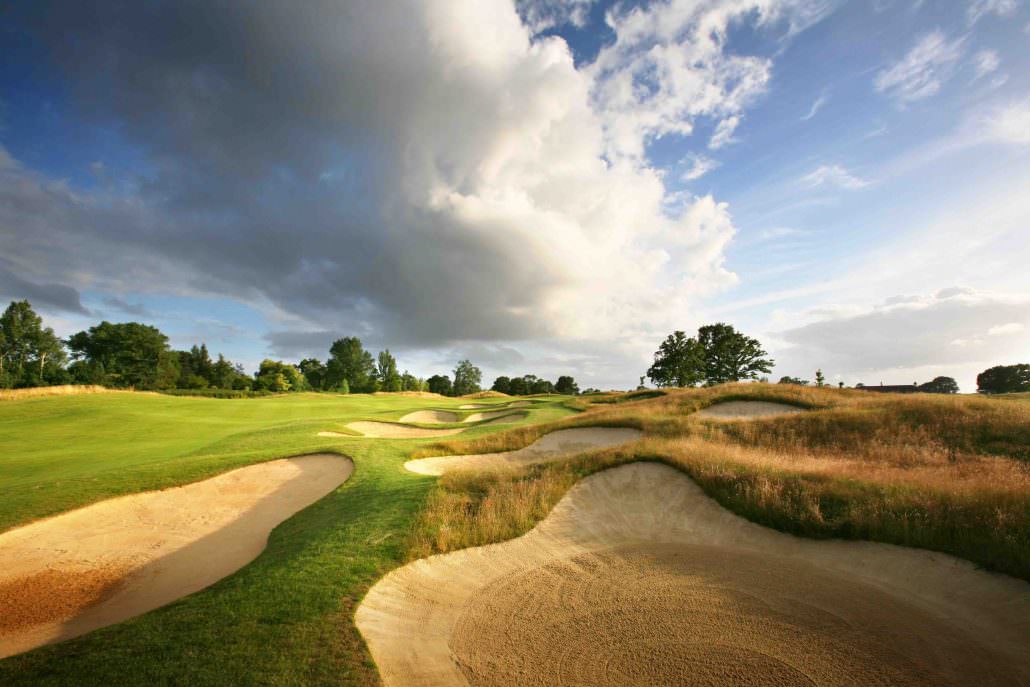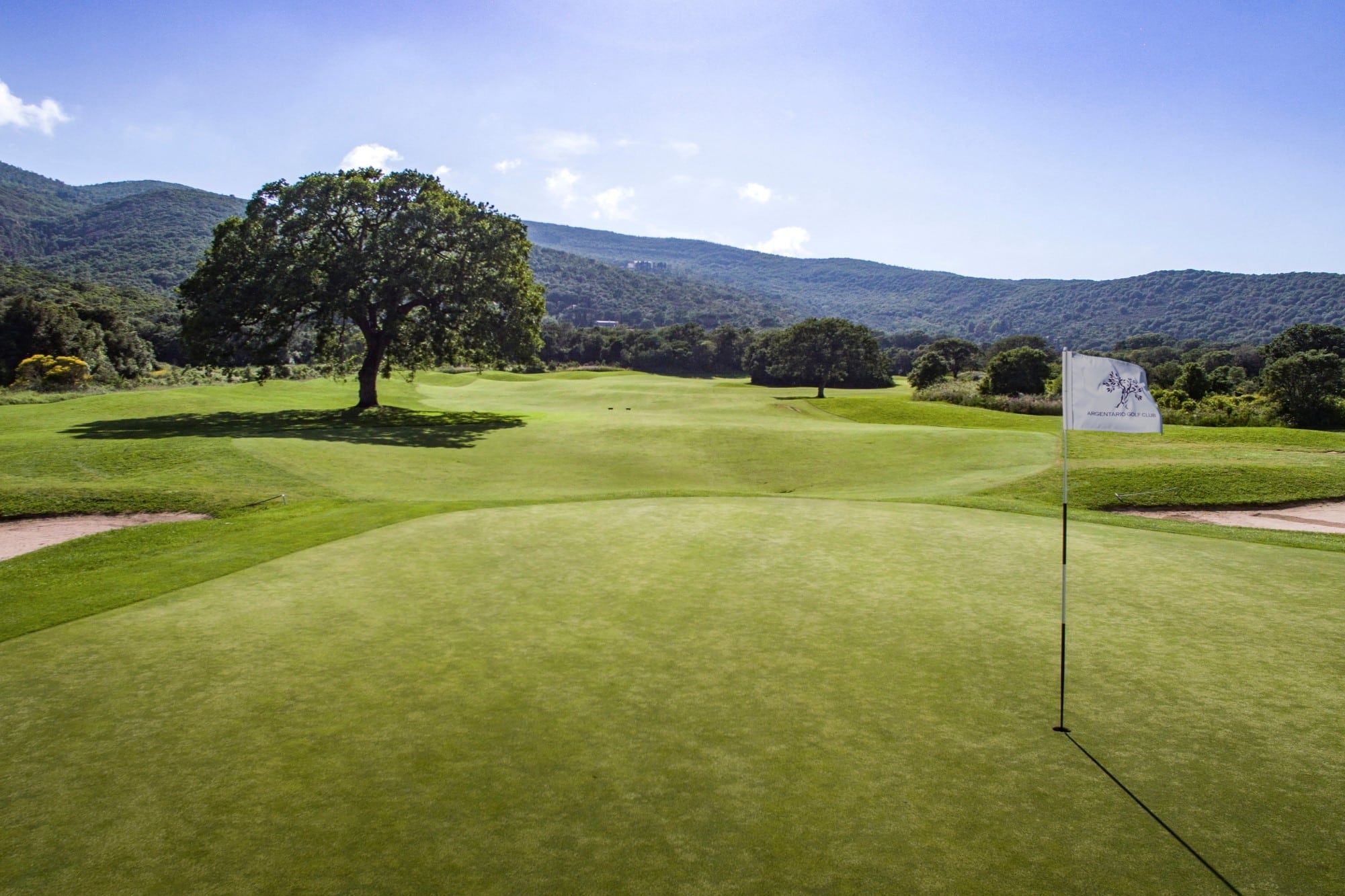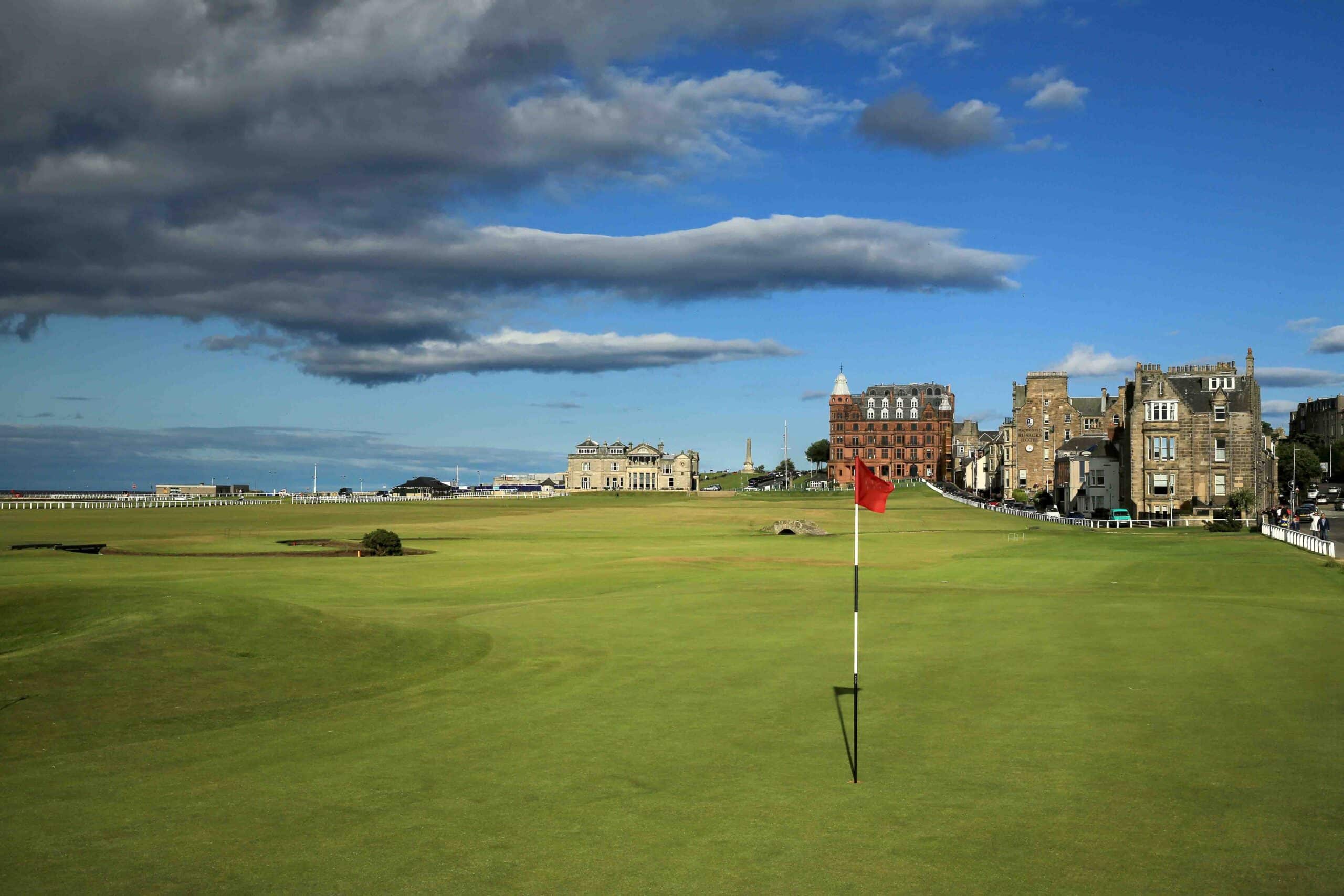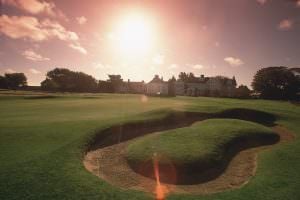
This club is famous for… its infestation of bunkers
If you ever play the 16th at Chart Hills, you’d be as wise to take a bucket and spade as a bag full of clubs.
The Kent course is renowned for the Anaconda, the snaking trap on the 5th that spans almost the entire length of the par 5.
Chart Hills’ website confidently tags it as the ‘longest bunker in Europe’ and, at some 200 metres, it’s probably hard to argue with that.
Although there would be a few courses, with equally formidable bunkers, that might at least try.
But even the experience of trying to get out of the Anaconda surely pales into insignificance when compared with the sight that awaits a second shot on the 506-yard 16th.
Designed by Sir Nick Faldo, in 1993, the 6-time Major winner was in a devious mood when the made his course design debut.
He envisaged a line of sand that appears to be an impenetrable wall down the right hand side of the hole.
It looks extremely difficult to navigate a safe spot to approach the green.
Think of it as a golfing Maginot Line, with 19 bunkers ready to bury your ball.
You have to take a very careful line in order to move on without serious calamity to your scorecard.
I wondered whether it might actually be the most bunkered hole in Britain.
But after a count up at Royal Lytham & St Annes, which boasts more than 200 in total, I discovered the par 4 17th has 20 bunkers.
So while it might not be able to wrench the title away from the Open venue, it is still a formidable test.
It forms part of a fiendish finish.

Get out of the 16th alive and you are met by the Biddenden course’s version of the famous Island hole at Sawgrass.
Both are found at the 17th and the Chart Hills’ variety, at 147 yards off the white tees, is just as intimidating.
If you can manage these two in par, then take a bow as you return to the clubhouse.
You’ll have earned it.
Click here for the full ‘This Club Is Famous For’ archive
Steve Carroll

A journalist for 25 years, Steve has been immersed in club golf for almost as long. A former club captain, he has passed the Level 3 Rules of Golf exam with distinction having attended the R&A's prestigious Tournament Administrators and Referees Seminar.
Steve has officiated at a host of high-profile tournaments, including Open Regional Qualifying, PGA Fourball Championship, English Men's Senior Amateur, and the North of England Amateur Championship. In 2023, he made his international debut as part of the team that refereed England vs Switzerland U16 girls.
A part of NCG's Top 100s panel, Steve has a particular love of links golf and is frantically trying to restore his single-figure handicap. He currently floats at around 11.
Steve plays at Close House, in Newcastle, and York GC, where he is a member of the club's matches and competitions committee and referees the annual 36-hole scratch York Rose Bowl.
Having studied history at Newcastle University, he became a journalist having passed his NTCJ exams at Darlington College of Technology.
What's in Steve's bag: TaylorMade Stealth 2 driver, 3-wood, and hybrids; TaylorMade Stealth 2 irons; TaylorMade Hi-Toe, Ping ChipR, Sik Putter.










